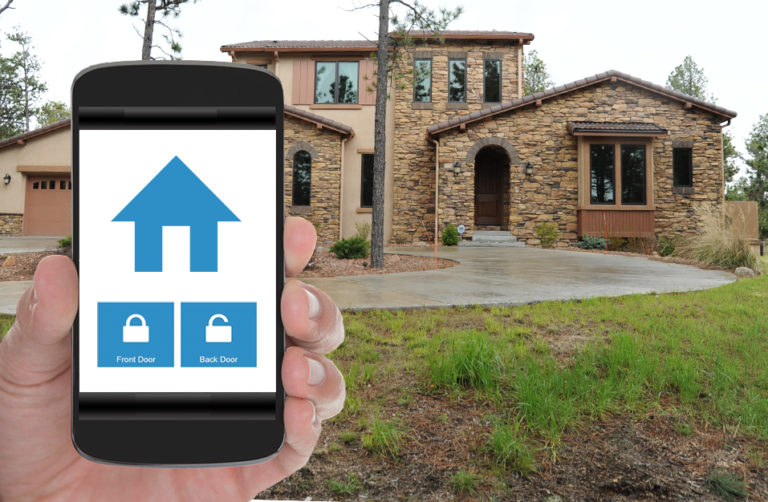By guest blogger Ted Danikolas, Technical Writer, Bold Technologies
You’ve done your homework and researched the options for your home security system. Obviously, you want to protect your family from a burglary or home invasion; however, you might be surprised how you can protect them from other, not-so-obvious threats. Have you considered the unusual ways to use your security devices?
Think outside the box when using door/window sensors, (even if you want to place them inside the box)…
- A lockable medicine cabinet can be handy in protecting your curious little ones from pharmaceuticals, but if you don’t have a lock, or you forget to use it, an added layer of security could be to place a door/window sensor inside the cabinet and have it set to sound the alarm when the cabinet door is opened. The sensor could also “silently” alert you of friends and family taking a “quick peek” in your medicine cabinet, perhaps while you’re hosting a party.
- And, let’s be honest, most liquor cabinet locks aren’t as complicated to open as we’d like to think they are, if there’s even a lock at all, and keys can be found by the wrong person. If you have teenagers who might want to experiment with alcohol, a sensor on the cabinet door could warn you via your smartphone when teens are trying to help themselves to your spirits.
- If you have an enclosed pool or hot tub only accessible by a door or gate, and you have small children, again, a door/window sensor could notify you via your smartphone of someone entering that risk area and prevent a possible serious accident.
- And, what about the friend or neighbor who is taking care of your pets or plants while you’re away? You can put door/window sensors on the doors in the areas of your home you don’t want this person to have access, then close the doors, and be notified by your smartphone if this person enters those areas.
- Cabinets containing harmful chemicals or weapons are also a great use for door/window sensors. In short, be creative…they aren’t just for doors and windows!
Those motion detectors can do more than just turn on outdoor lights…
- Similar to a door/window sensor, a motion detector can alert or notify you. But a motion detector can have broader coverage, as it can inform you of a change in the status of a room or area.
- Are you a homeowner who likes to keep your garage door open on hot summer days, but not necessarily be in the garage? Mount a motion detector in your garage and you’ll be notified immediately by your smartphone or alarm if a person, or perhaps a neighbor’s pet, has entered your garage.
- Are there areas in and around your home that are a potential safety concern, for example, stairs, a balcony, a pool, or a construction area? Well, you could set up a motion detector in those areas to warn you that a child has entered one of these risk zones.
- You might own a pool or hot tub and be going on vacation. If you have neighbors (especially children) who could take advantage of your pool while you’re away, a motion detector covering the area can notify you via smartphone if someone is on the premises. You can then contact a neighbor or the proper authorities, reducing the risk of damage to your property and liability issues in the event of a serious accident.
- Do you have a young one who has recently been potty trained? Set up a motion detector in the hallway between the child’s bedroom and the bathroom. Then the next morning you can check notifications on your smartphone to see how often your child is getting up throughout the night. Again, be creative!
And, let’s not forget about those eyes that never rest…
Surveillance cameras can be used in tandem with different sensors to provide you with additional information to any scenario, and sometimes the evidence you need to provide authorities for assistance.
Finally, embrace the technology…
All of this security information can be sent to your smartphone, no matter where you are, by email and text message, including photos, videos, and event logs. If your home security system has an online dashboard, you can do additional security configuration and monitoring. But most importantly, always remember to test any new device installations and configurations before making them part of your home security network.
